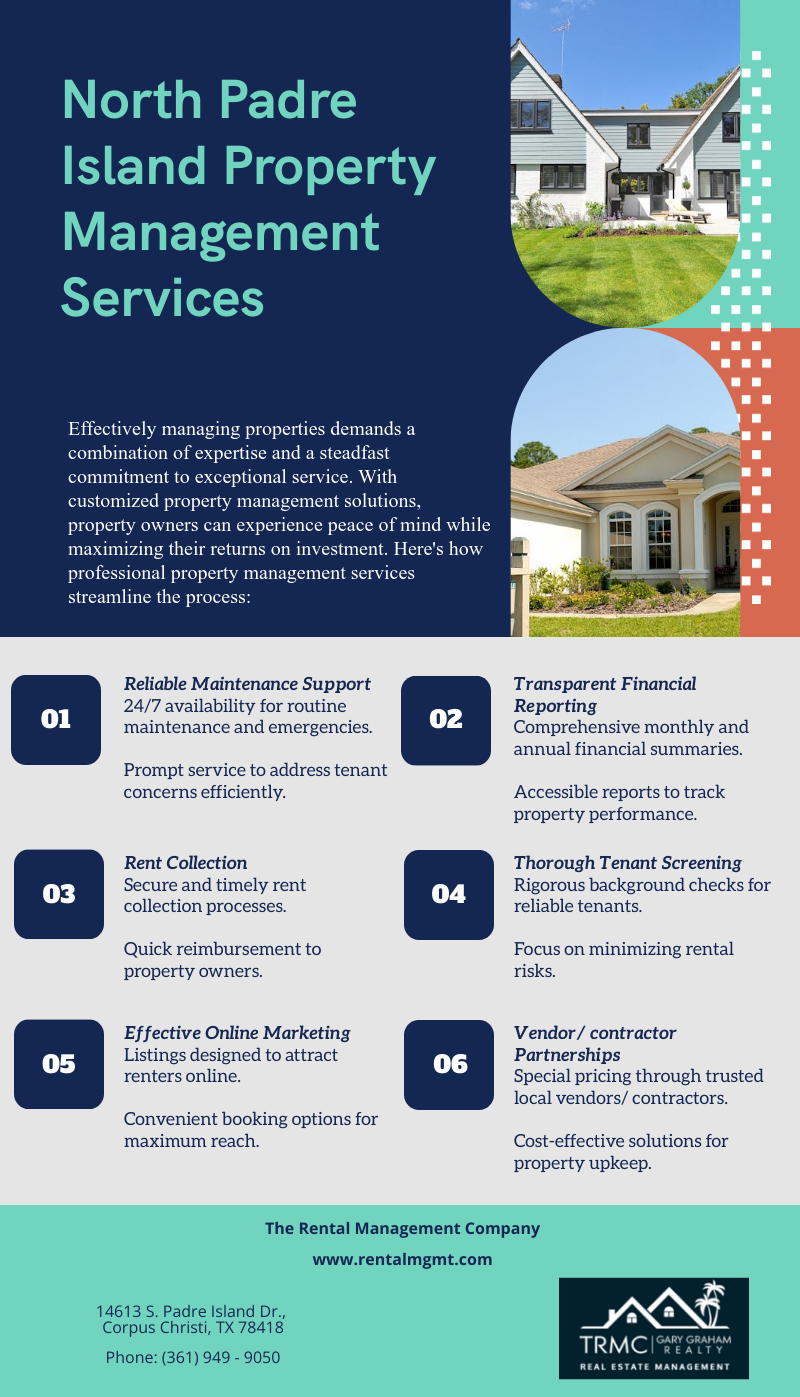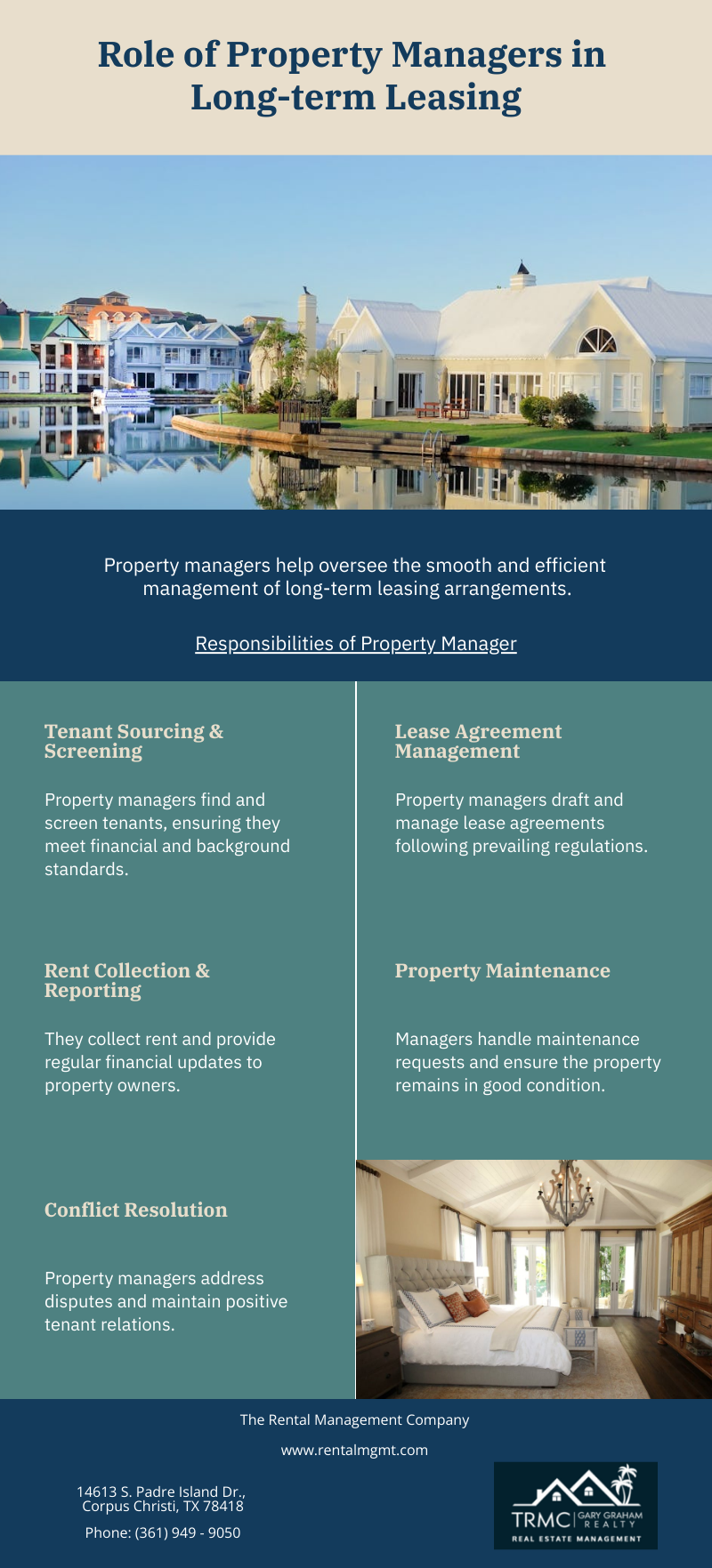Top Points To Cover In Long-Term Lease
Long-term leases, which often span several years, provide tenants and property owners with stability and security through a consistent flow of rent payments. As a property owner, it's crucial to grasp the lease terms and conditions and address essential aspects to ensure a seamless and mutually beneficial agreement for both parties.
The following are some crucial points to include in a long-term lease agreement:
Lease Duration
The lease duration is a fundamental aspect of any long-term lease agreement. It explicitly outlines the period during which the lease will be in effect. This section usually specifies the exact start and end dates of the lease, ensuring that both parties have a clear understanding of the time frame.
Rent Structure
The rent structure spells out the agreed-upon rent amount, how often payments are due (e.g., monthly, quarterly), and whether there are provisions for rent increases over the lease's duration. By including this information, the property owner and tenant can establish a predictable and fair payment schedule that aligns with their budgetary needs and income expectations.
Security Deposit
A security deposit is a financial safeguard for property owners, and its terms are typically outlined in the lease agreement. Specify the amount of the security deposit, the conditions under which it can be withheld, and the timeline for its return. It is essential for tenants to understand the terms related to the security deposit to ensure they fulfill their responsibilities and secure the return of their deposit when they vacate the property.
Maintenance and Repairs
This section outlines responsibilities for property maintenance and repairs during the lease term. It is important to specify which party (property owner or tenant) is responsible for routine upkeep and any necessary repairs. Clarity on these matters helps prevent disputes and ensures the property is well-maintained throughout the lease.
Utilities and Services
The lease should detail which utilities and services are included in the rent and which are the tenant's responsibility. This may encompass electricity, water, internet, trash collection, and other essential services. It ensures both parties know their financial obligations and helps manage expenses effectively.
Use of the Property
This section lays out the intended purpose of the property, any restrictions on its use, etc. Clarity here helps maintain the property's intended function and purpose.
Termination and Renewal
Procedures for terminating the lease and options for renewal should be clearly defined. It should be clear how either party can end the lease and whether notice periods are required. It may also specify the conditions under which the lease can be extended or renewed.
Improvements and Alterations
The lease should specify under what conditions tenants can make changes, whether prior consent from the property owner is necessary, and whether any restoration obligations exist at the lease's end.
A well-structured long-term lease agreement is the cornerstone of a successful and mutually beneficial relationship between property owners and tenants. At The Rental Management Company, we prioritize transparency, clarity, and fairness. By addressing key points such as lease duration, rent structure, security deposits, maintenance responsibilities, and more, we aim to provide a solid foundation for a harmonious rental experience. For more information about long-term lease agreements, visit us at 14613 S. Padre Island Dr., Corpus Christi, TX 78418, or call 361-949-9050. For the latest updates, connect with us on Facebook and Instagram or visit
www.rentalmgmt.com
CONTACT
http://www.rentalmgmt.com/app/public/uploads//2549_agency-disclosure.pdf http://www.rentalmgmt.com/app/public/uploads//2549_agency-disclosure.pdf
http://www.rentalmgmt.com/app/public/uploads//2549_agency-disclosure.pdf
Texas law requires all license holders to provide Information About Brokerage Services and the Consumer Protection Notice to all potential clients.





